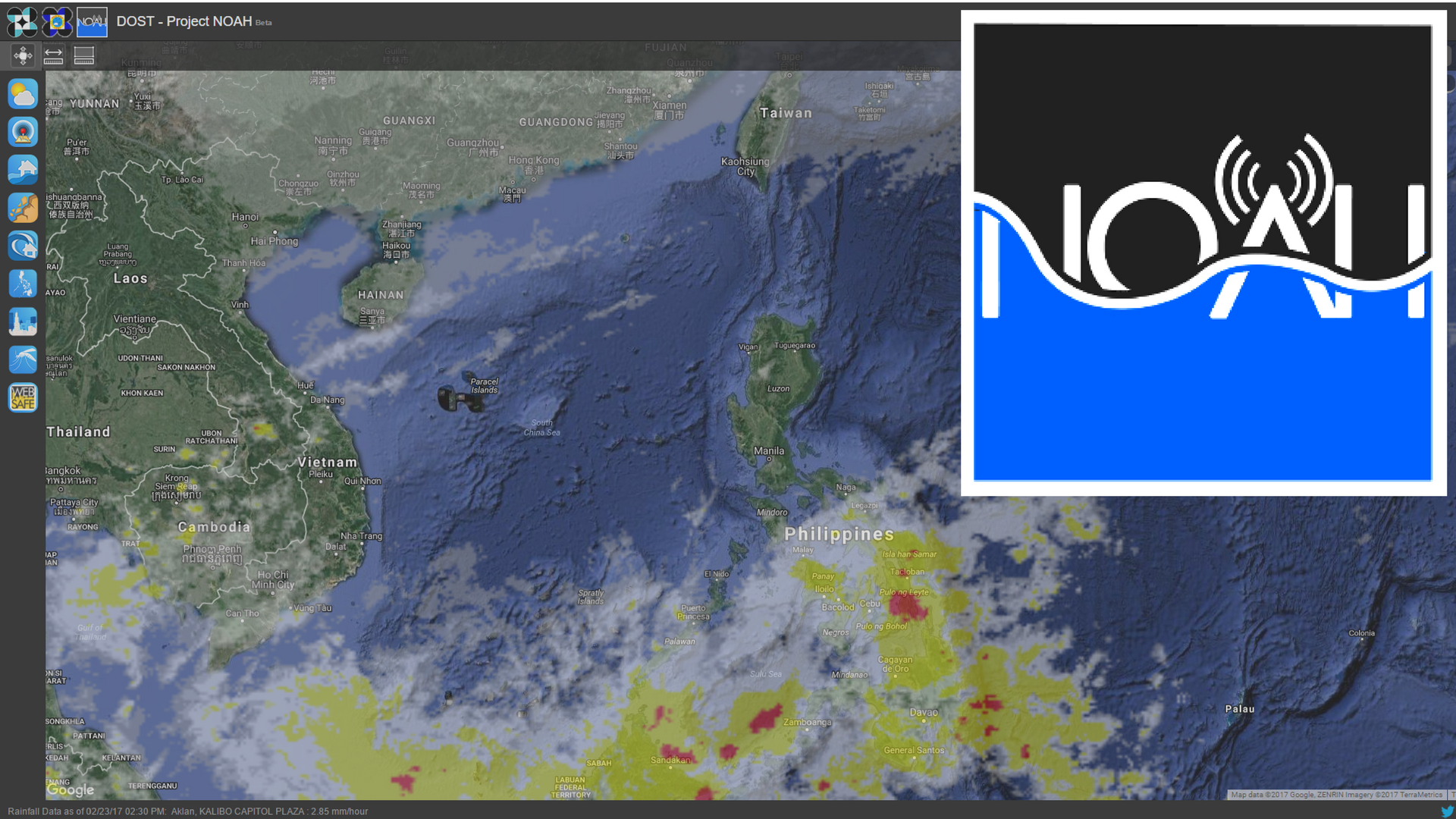At its 1325th meeting on February 23, 2017, the University of the Philippines Board of Regents approved the adoption of Project NOAH (Nationwide Operational Assessment of Hazards) by UP upon the termination of its administration by the Department of Science and Technology (DOST) on February 28.
“In a sense, Project NOAH is coming home,” said UP President Danilo L. Concepcion after the BOR meeting, noting that the project was conceived by the DOST with the help of UP professors, led by its executive director Dr. Alfredo Mahar Lagmay from the National Institute of Geological Sciences (NIGS), and that most of the project’s staff have come from UP.
Project NOAH began as a research program under the DOST in 2012 following the Typhoon Sendong tragedy in 2011. Having delivered its research results and after two extensions, the project was scheduled to end when UP stepped in to continue it.
“The project’s benefits go far beyond its research value,” said Concepcion. “It has literally been a lifesaver for millions of Filipinos threatened by natural disasters like floods, landslides, and storm surges. It deserves a new lease on life, and UP is happy to welcome it into its fold.”
Project NOAH was designed to harness technologies and management services for disaster risk-reduction activities offered by the DOST through PAGASA, PHIVOLCS, and the DOST’s Advanced Science and Technology Institute (ASTI), in partnership with the UP National Institute of Geological Sciences (NIGS) and the UP College of Engineering.
For the past four years, the media and the general public have come to depend on Project NOAH’s assessments for guidance in disaster situations. “We have offered open access to our findings and services, empowering the people—local governments and communities—to make decisions for themselves,” Lagmay explained.
The program will now fall under the Office of the President in UP. “We were a program in need of a home,” added Lagmay. “Disaster management should involve more than science and technology. We also need artists and educators to communicate messages more effectively. UP is an interdisciplinary community and will make the perfect home for us, given that our disaster problem will grow even bigger in the future. We remain deeply grateful to the DOST for having hosted us, and we look forward to complementing the work of its agencies toward our common goal of mitigating the effects of disasters on our people.”

